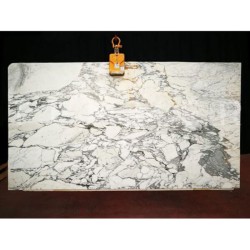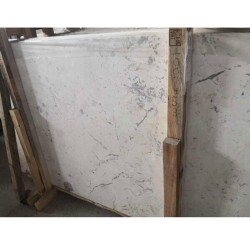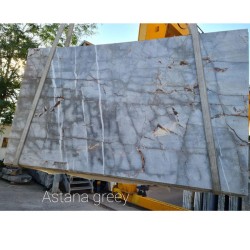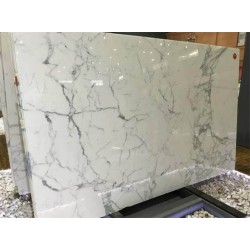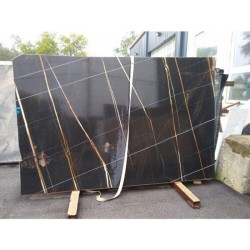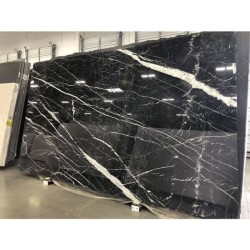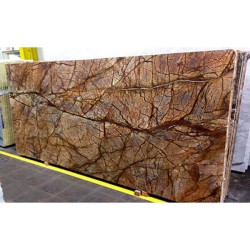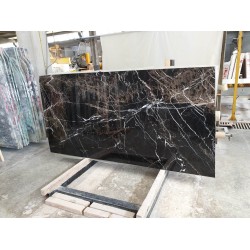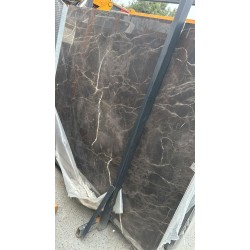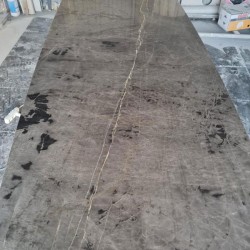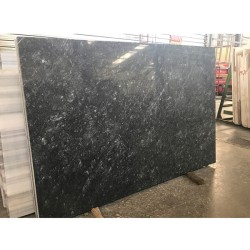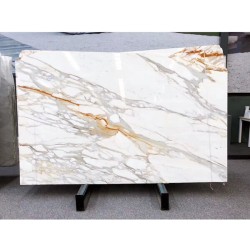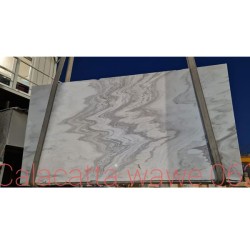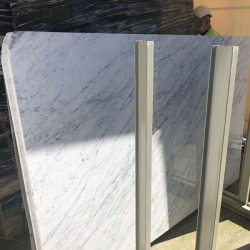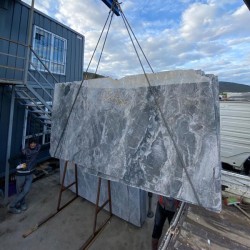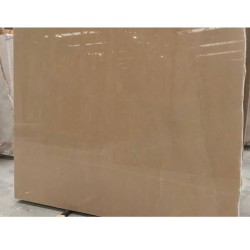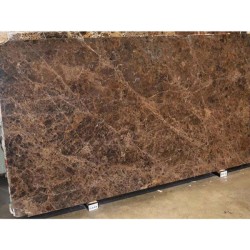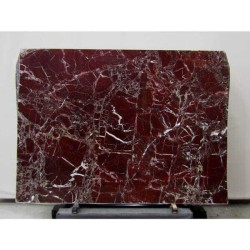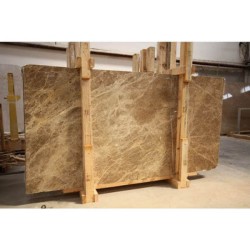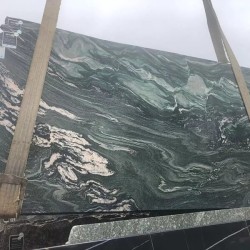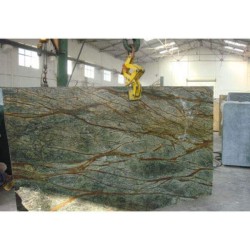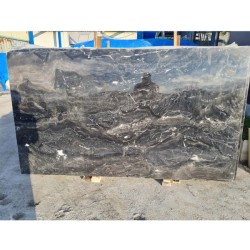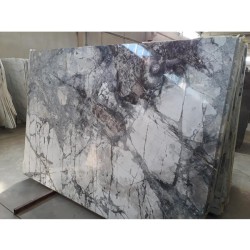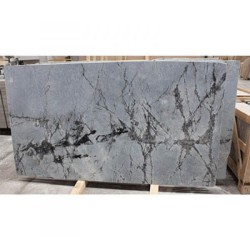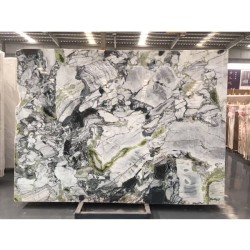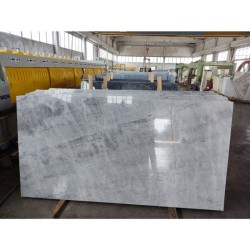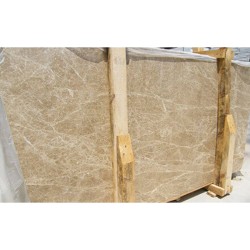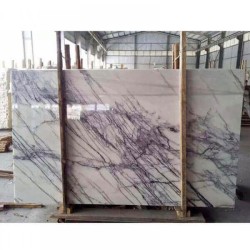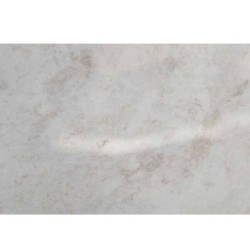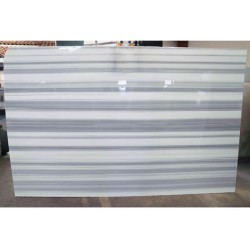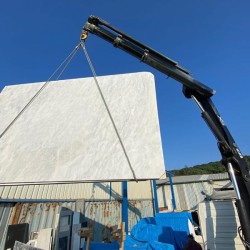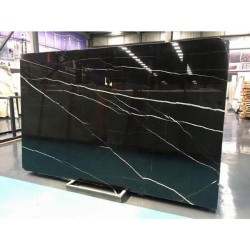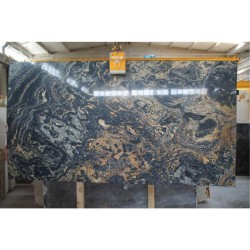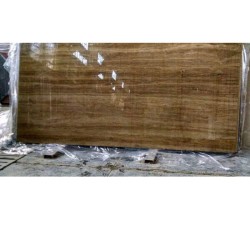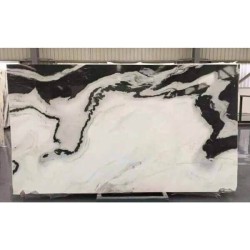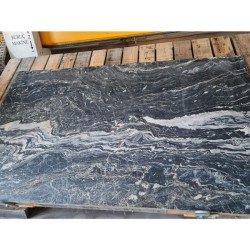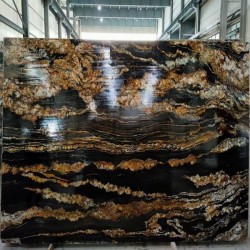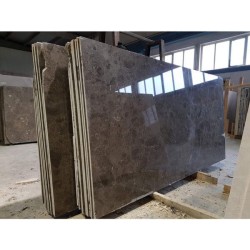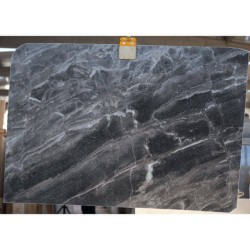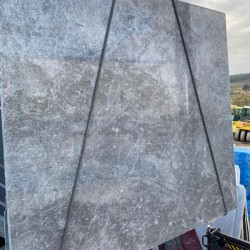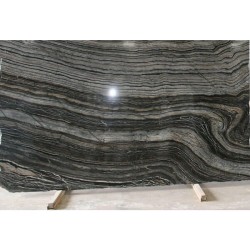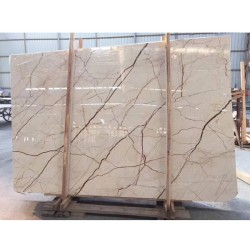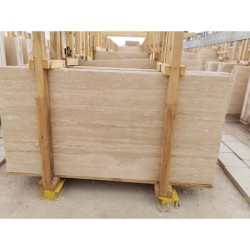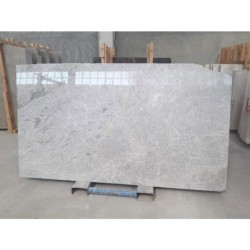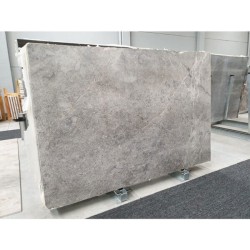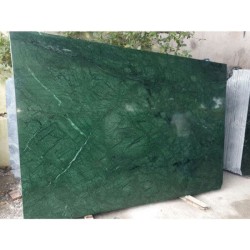Features of Marble
Marble Usage Areas
The Beauty and Versatility of Marble: A Comprehensive
Guide
Introduction
Marble is a timeless and elegant natural stone that has
captivated people for centuries. Its stunning visual appeal, combined with its
durability and versatility, makes it a sought-after material in architecture,
interior design, and various artistic applications. In this extensive article,
we will explore the many facets of marble, including its history, types,
uses, benefits, care tips, and how to incorporate it into your home decor.
Whether you're considering marble for countertops, flooring, or
decorative elements, this guide will provide valuable insights into its allure.
The History of Marble
Marble has been used since ancient times, dating back
thousands of years. The earliest known use of marble can be traced to
the ancient Greeks, who used it to create stunning sculptures and magnificent
temples, such as the Parthenon. The Romans also embraced marble,
utilizing it extensively in their architecture and art. The unique properties
of marble allowed artists to carve intricate designs, making it a
favored choice for statues and decorative features.
Throughout history, marble has been a symbol of
wealth and luxury. The Renaissance period saw a resurgence in its popularity,
with artists like Michelangelo creating masterpieces from this exquisite stone.
Today, marble continues to be associated with sophistication and
elegance, making it a desirable choice for modern interiors.
Types of Marble
1. Carrara Marble
Carrara marble, originating from Italy, is one of the
most famous types of marble. It is known for its white or blue-grey
coloration, with soft veining that adds character. Carrara marble is
commonly used for countertops, flooring, and sculptures.
2. Calacatta Marble
Calacatta marble is another Italian variety that is
highly prized for its bold and dramatic veining. It is often whiter than
Carrara marble and features thick, gold or grey veins. This luxurious
stone is perfect for statement pieces and high-end installations.
3. Emperador Marble
Originating from Spain, Emperador marble is known for
its rich brown tones and intricate veining. It is often used in traditional and
classic interiors, providing a warm and inviting feel.
4. Statuario Marble
Statuario marble is a rare and sought-after type of marble
from Italy, known for its striking white background and bold grey veining. It
is often used for sculptures and luxury interiors due to its beauty and rarity.
5. Crema Marfil Marble
Crema Marfil is a beautiful beige marble from Spain
that features subtle veining. It is a versatile choice for various
applications, including flooring and wall coverings, providing a warm and
elegant ambiance.
Uses of Marble
1. Countertops
Marble countertops are a classic choice for kitchens
and bathrooms. They offer a luxurious appearance and are available in various
colors and patterns. While marble is relatively porous, regular sealing
can help maintain its beauty and prevent staining.
2. Flooring
Marble flooring adds elegance to any space. Its cool
surface is ideal for warm climates, and it can be polished to a high sheen,
enhancing its natural beauty. Marble floors are durable and can
withstand heavy foot traffic when properly maintained.
3. Wall Coverings
Using marble as a wall covering can transform a
space, adding texture and depth. Whether it's a feature wall in a living room
or a luxurious bathroom, marble can elevate the overall design.
4. Tiles
Marble tiles are a popular choice for both
residential and commercial spaces. They are available in various sizes and
finishes, allowing for creative design possibilities. From classic subway tiles
to large format pieces, marble tiles can enhance any area.
5. Sculptures and Art
Artists continue to create stunning sculptures and art
pieces from marble. Its workability and ability to hold fine details
make it a preferred medium for many contemporary and classical artists.
6. Furniture
Marble is increasingly used in furniture design. From
marble tabletops to decorative accents, incorporating this material into
furniture can add a touch of sophistication to any room.
Benefits of Using Marble
1. Aesthetic Appeal
One of the most significant advantages of marble is
its stunning visual appeal. The unique patterns and colors found in marble
make each piece one-of-a-kind, adding character and elegance to any space.
2. Durability
Marble is a durable material that can withstand the
test of time. When properly maintained, it resists chipping and cracking,
making it an excellent choice for high-traffic areas.
3. Heat Resistance
Marble has a high heat resistance, making it ideal
for kitchen countertops. Hot pots and pans can be placed directly on marble
surfaces without causing damage, although it is always advisable to use trivets
for protection.
4. Value Addition
Installing marble in your home can significantly
increase its value. The luxurious appeal of marble is attractive to
potential buyers, making it a worthwhile investment.
5. Versatility
Marble is a versatile material that can be used in
various applications. Whether for flooring, countertops, or decorative
elements, marble adapts beautifully to different styles and settings.
Care and Maintenance of Marble
To keep your marble surfaces looking pristine, it’s
essential to follow some basic care and maintenance tips:
1. Regular Cleaning
Clean marble surfaces with a soft cloth and a
pH-balanced cleaner to avoid damaging the stone. Avoid acidic cleaners, as they
can etch the surface.
2. Sealing
Regularly seal marble surfaces to protect them from
stains and moisture. The frequency of sealing depends on the type of marble
and the amount of use it gets, but it is generally recommended every six months
to a year.
3. Avoid Harsh Chemicals
Do not use harsh chemicals or abrasive cleaners on marble.
Instead, opt for mild soap and water for routine cleaning.
4. Use Coasters and Trivets
To protect your marble surfaces, always use coasters
for drinks and trivets for hot pots and pans. This will help prevent staining
and thermal damage.
How to Incorporate Marble into Your Home Decor
1. Mix and Match
Combine marble with other materials, such as wood or
metal, to create a balanced and dynamic aesthetic. For example, a marble
tabletop paired with wooden legs can provide a modern yet warm look.
2. Create a Focal Point
Use marble as a focal point in your space. A stunning
marble coffee table or fireplace surround can draw attention and elevate
the overall design.
3. Layering Textures
Incorporate various textures into your decor by combining marble
with textiles, such as plush rugs, soft cushions, and curtains. This layering
creates depth and warmth in your space.
4. Accent Pieces
If you’re hesitant to commit to large marble
installations, consider using smaller accent pieces, such as marble
coasters, candle holders, or decorative trays. These items can add a touch of
elegance without overwhelming your decor.
Conclusion
Marble is a versatile and timeless material that brings beauty and sophistication to any space. Its rich history, durability, and aesthetic appeal make it an ideal choice for various applications, from countertops to sculptures. By understanding the different types of marble, its benefits, and how to care for it, you can make informed decisions when incorporating this luxurious stone into your home. Whether you're designing a new kitchen, renovating a bathroom, or adding decorative elements to your living space, marble will undoubtedly enhance the overall aesthetic and value of your home. Embrace the elegance of marble and let it transform your living spaces into a haven of beauty and sophistication.

